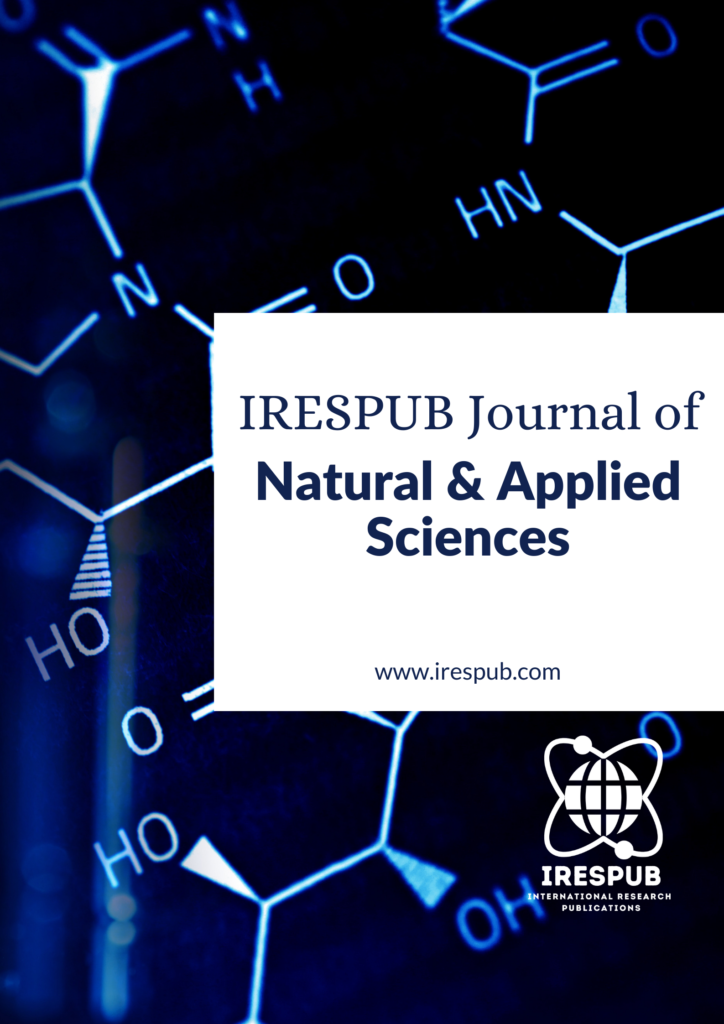
Year Launched: 2021
Journal Menu
- Scope & Research Areas
- Instructions for Authors
- Article Processing Charge
Journal List
- Natural & Applied Sciences
- Life Sciences
- Business Management
- Education & Literature
- Humanities & Cultural Studies
- Medical & Dental Sciences
- Engineering & Computer Sciences
- Agriculture, Food & Nutrition
- Environmental & Material Sciences
- Wellness & Lifestyle Management
- Arts & Ideas
- Law, Policy & Religion
The role of manufacturing Industry in economy: The case of the southern in Vietnam
Volume 2, Issue 2, May-Jun 2022 | Page 65-83 | PDF (689K) | Pub. Date: Jun 11, 2022
Author(s)
Vu Thi Kim Hanh1* & Vo Thi Le Uyen2; 1Van Lang University, Ho Chi Minh City, Vietnam; 2University of Economics and Law, Ho Chi Minh City, Vietnam; 2Vietnam National University, Ho Chi Minh City, Vietnam
Abstract
The methodology is Path analysis model. The objective is to study how Index of Industrial Production (IIP) of five City-provinces in the Southern in Vietnam effect each other on these City-provinces’ GDP. How GDP of each City-province effects on Vietnam’s GDP. Results are Vietnam’s GDP is positively indirectly effected by IIPs of Ho Chi Minh, Binh Duong, Binh Phuoc, Tien Giang and is negatively affected by Tay Ninh’ s IIP. Besides, while GDP and IIP of Tay Ninh have negative general effect on GDP and IIP of other City-provinces and GDP of Vietnam, GDP and IIP of Binh Phuoc have the strongest general effect on GDP and IIP of other City-provinces and GDP of Vietnam. Next, GDP and IIP of Binh Duong have the second strongest general effect, GDP and IIP of Ho Chi Minh are the third strongest general effect, GDP and IIP of Tien Giang have the smallest general effect on GDP and IIP of other City-provinces and GDP of Vietnam. Therefore, we suggest that Tay Ninh should have a specific support mechanism. In particular, promoting development of science and tech in Ho Chi Minh to achieve the “spillover effect” to the other four City-provinces.
Keywords
manufacturing industry; economic region; IIP; index of industrial production
Cite this paper
Hanh, V. T. K., Uyen, V. T. L. (2022), The role of manufacturing Industry in economy: The case of the southern in Vietnam, IRESPUB Journal of Natural & Applied Sciences. Volume 2, Issue 2, May-Jun 2022, Page 65-83
References
[1] United Nations Industrial Development Organization Andrea Urbinati, Paolo Rosa, Claudio Sassanelli et al,. (2020). Circular business models in the European manufacturing industry: A multiple case study analysis. Journal of Cleaner Production, 274, 122964.
[2] Rahul A. Jibhakate, Nilesh W.Nirwan, Kishor S. Rambhad. (2021). Enhancing the effectiveness of green technology in manufacturing industry. Materials Today: Proceedings, 47(14), 4298-4305.
[3] Fernando García-Muina, María Sonia Medina-Salgado, Rocío Gonza ́lez-Sa ́nchez et al.. (2021). Industry 4.0-based dynamic Social Organizational Life Cycle Assessment to target the social circular economy in manufacturing. Journal of Cleaner Production 3.
[4] Hendri Dwi Saptioratri Budiono, Rahmat Nurcahyo, Muhammad Habiburrahman. (2021). Relationship between manufacturing complexity, strategy, and performance of manufacturing industries in Indonesia. Heliyon 7, e07225.
[5] Hang, T. T. . (2018). Vietnam’s mechanical industry in the Industrial Revolution 4.0. Tai Chinh Journal.
[6] Keynes. (1936).
[7] Myrdal. (1957).
[8] Rostow. (1960).
[9] Mohammed Kadhim Shamkhi, Dawood Abduljabbar Ahmed, OmarHameed Majeed. (2021). The effectiveness of the manufacturing industry in Iraq. Materials Today: Proceedings, https://doi.org/10.1016/j.matpr.2021.08.100.
[10] Tao Yang, Xinlei Yib, Shaowen Lu et al. (2021). Intelligent Manufacturing for the Process Industry Driven by Industrial Artificial Intelligence. Engineering, 7(9), 1224-1230.
[11] Chun-MingYang, Kuen-Suan Chen. (2021). An integrated contract manufacturer selection and product quality optimization methodology for the mechanical manufacturing industry. 183, 115336.
[12] Andrea Urbinati, Paolo Rosa, Claudio Sassanelli et al.. (2020). Circular business models in the European manufacturing industry: A multiple case study analysis. Journal of Cleaner Production, 274, 122964.
[13] Sileyew, K. (2020). Systematic industrial OSH advancement factors identification for manufacturing industries: A case of Ethiopia. Safety Science, 132, 104989.
[14] Xueqi Zhai, Yunfei An. (2020). Analyzing influencing factors of green transformation in China’s manufacturing industry under environmental regulation: A structural equation model. Journal of Cleaner Production, 251, 119760.
[15] Rahmat Nurcahyo, Zulfadlillah, Muhammad Habiburrahman. (2021). Relationship between ISO 9001:2015 and operational and business performance of manufacturing industries in a developing country (Indonesia). Heliyon, 7(1), e05537.
[16] Shahla Asadi, Mehrbakhsh Nilashi, Sarminah Samad et al. (2021). A proposed adoption model for green IT in manufacturing industries. Journal of Cleaner Production, 297, 126629.
[17] Shuaiyin Ma, Yingfeng Zhang, JingxiangLv et al. (2020). Big data driven predictive production planning for energy-intensive manufacturing industries. Energy, 211, 118320.
[18] Rajeev Rathi, Mahipal Singh, Mohammed Sabique et al.. (2021). Identification of total productive maintenance barriers in Indian manufacturing industries. Materials Today: Proceedings.
[19] Ankit Yadav, Anbesh Jamwal, Rajeev Agrawal et al.. (2021). Environmental impacts assessment during sand casting of Aluminium LM04 product: A case of Indian manufacturing industry. Procedia CIRP, 98, 181-186.
[20] J. Hahn, M.Brandenburg, J.Becker. (2021). Valuing supply chain performance within and across manufacturing industries: A DEA-based approach. International Journal of Production Economics, 240, 108203. manufacturing industry. Procedia CIRP, 98, 181-186.
[21] Chenyao Qu, JunShao, Zhonghua Cheng. (2020). Can embedding in global value chain drive green growth in China’s manufacturing industry? Journal of Cleaner Production, 268, 121962.
[22] Jéssica de AssisDornelles, Néstor F. Ayala, Alejandro G.Frank. (2021). Smart Working in Industry 4.0: How digital technologies enhance manufacturing workers’ activities. Computers & Industrial Engineering, 107804.
[23] McDonald, R. P., & Ho, M. H. R.. (2002). Principles and practice in reporting structural equation analyses. Psychological methods, 7(1), 64.
[24] Hu, L. T., & Bentler, P. M.. (1998). Fit indices in covariance structure modeling: Sensitivity to underparameterized model misspecification. Psychological methods, 3(4), 424.
[25] Hair, J. F., Anderson, R. E., Tatham, R. L., & Black, W. C.. (1998). Factor analysis. Multivariate data analysis. NJ: Prentice-Hall, 3, 98-99.

